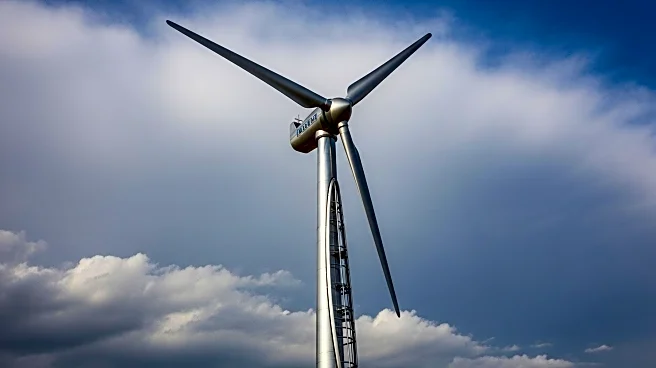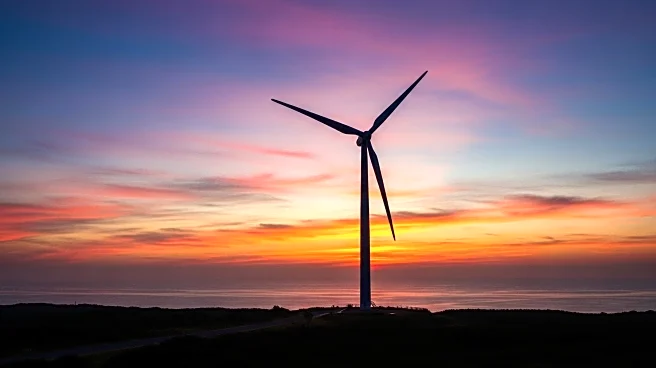What's Happening?
President Trump has signed the One Big Beautiful Bill into law, which will terminate the 30% federal solar tax credit for homeowners on December 31, 2025. This credit, known as the 25D tax credit, has been a significant incentive for residential solar installations, allowing homeowners to receive a tax credit worth up to 30% of the cost of solar and battery storage systems. The bill also affects the 48E tax credit for third-party owned systems, which will remain available until 2027. The legislation marks a shift in the U.S. solar policy landscape, impacting homeowners, installers, and the future of clean energy.
Why It's Important?
The end of the 30% solar tax credit could lead to increased costs for homeowners looking to install solar systems, potentially slowing the adoption of solar energy. The credit has been a key driver for solar investments, reducing upfront costs and promoting clean energy. With its expiration, homeowners may face higher electricity bills and longer payback periods for solar installations. The solar industry may need to adapt to this change by exploring new incentives and strategies to maintain growth and innovation.
What's Next?
Homeowners are advised to act quickly to install solar systems before the December 31, 2025 deadline to secure the 30% tax credit. As demand for solar installations is expected to rise, project timelines may extend, making early action crucial. States may introduce additional incentives to support solar adoption, but these are yet to be confirmed. The solar industry will need to navigate the changing policy landscape and explore new ways to incentivize solar investments.
Beyond the Headlines
The legislative change reflects broader political shifts and priorities, with potential long-term effects on the country's energy strategy and climate goals. The removal of the solar tax credit raises questions about the future of clean energy policy in the U.S., impacting investor confidence and job creation in the sector.










